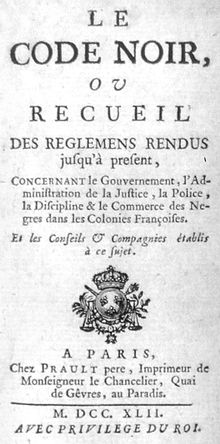The stories of the ‘War Brides’ of Japan need to be toldPosted in Articles, Asian Diaspora, History, Media Archive, United States, Women on 2016-07-22 15:32Z by Steven |
The stories of the ‘War Brides’ of Japan need to be told
International Examiner
Seattle, Washington
2016-07-21
One day in the early 1980s, my Japanese mother took my sister and me to an International District gift shop. A middle-aged Japanese American man working there glanced briefly towards us, before turning away apathetically. His body language seemed to indicate a reluctance to wait on us. I looked at my mother and, without the necessity of my uttering a single word, she said, “He not like me.”
Then, pointing at us, her two half-black daughters, she declared in her broken English, “He see I have you two. He know I am war bride.”
Even though I’d heard her use that phrase before, I knew it was not something she was proud to be called. As I stood there reflecting, I realized my mother meant that the Japanese American man didn’t like the fact that she had obviously married someone outside of her race, likely an American G.I. But the irony was he wasn’t living in Japan. Might not the Japanese in that country have considered him as much a traitor for living in America as he thought my mother was for marrying a non-Japanese? Or maybe it wasn’t the same if you left your home country, but married someone of the same ethnicity. I’ve often wrestled with those thoughts in the decades following that 1980s incident.
In the case of Japanese “war brides” like my mother, women who wedded American military men, they were guilty of both marrying an outsider and leaving their country. Considered disloyal by some Japanese nationals for wedding their former enemies, they were also considered disloyal by some Japanese Americans for marrying Americans that were not Japanese. It’s a complicated issue that my documentary War Brides of Japan will address. I also want to eradicate the stigma attached to the term “war bride,” often fallaciously interchangeable with “prostitute.”…
Read the entire article here.




